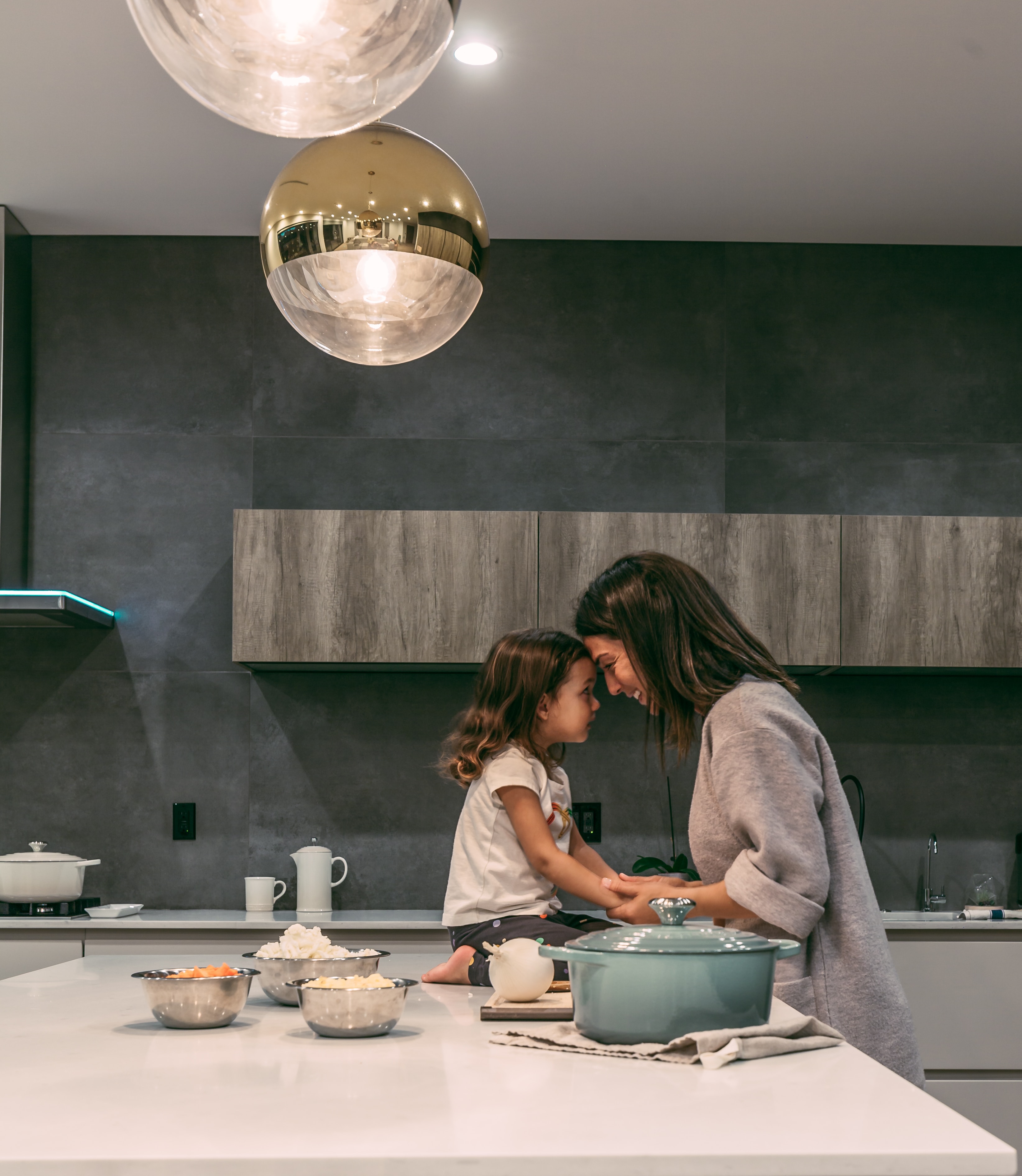
Buying a home is an exciting milestone whether you’re an end user or an investor. As your possession date nears, it can be a hectic time dealing with the financial aspect of closing to understanding the steps needed to finally have the keys to your new home in hand. To help make the experience of home ownership easier, we’ve compiled our top things you’ll need to know before closing on your home.
Allow sufficient time for the sale of your current home before closing on your new home.
While most people may find that it’s a hassle to sell your home early and have to rent for a few months in some cases, the alternative to that is not ideal. Having to rush a sale to close on your future home may not be as seamless due to market conditions or if you’re buying pre-sales, the completion of time of your future home as construction may be delayed or early. Ensuring that you have your financials ready ahead of time will help avoid defaulting on closing and losing your deposit.
Make an effort to stay updated with your homeowner care team or your realtor.
Waiting till the last minute will inevitably cause some kind of panic and certain things may be overlooked in the process. Take the time to understand the sale to closing process is important and staying up to date with what’s happening with the developer is key. At Qualex-Landmark™, our homeowner care team takes pride in creating efficiencies for the homeowner that will help create peace of mind. Our Homeowner Care portal provide weekly updates for homeowners from key deadlines for sales process to construction updates. The FAQ section tackles questions that most homeowners inquire about while the helpful resources sections highlights key documents that homeowners should pay attention to.
Wait until you move in for final measurements of the space.
A certain amount of variance from unit to unit is expected as construction moves along. If you are purchasing pre-sales, it’s likely you received a marketing floorplan for your unit. The drawings are derived from architectural plans that are handed over to construction before building your home. As materials are laid, this can result from slight variances that deviate from the initial measurements. Once your home is completed, this will allow for accurate measurements of your unit to purchase your furniture or execute any interior design features you planned for your home.